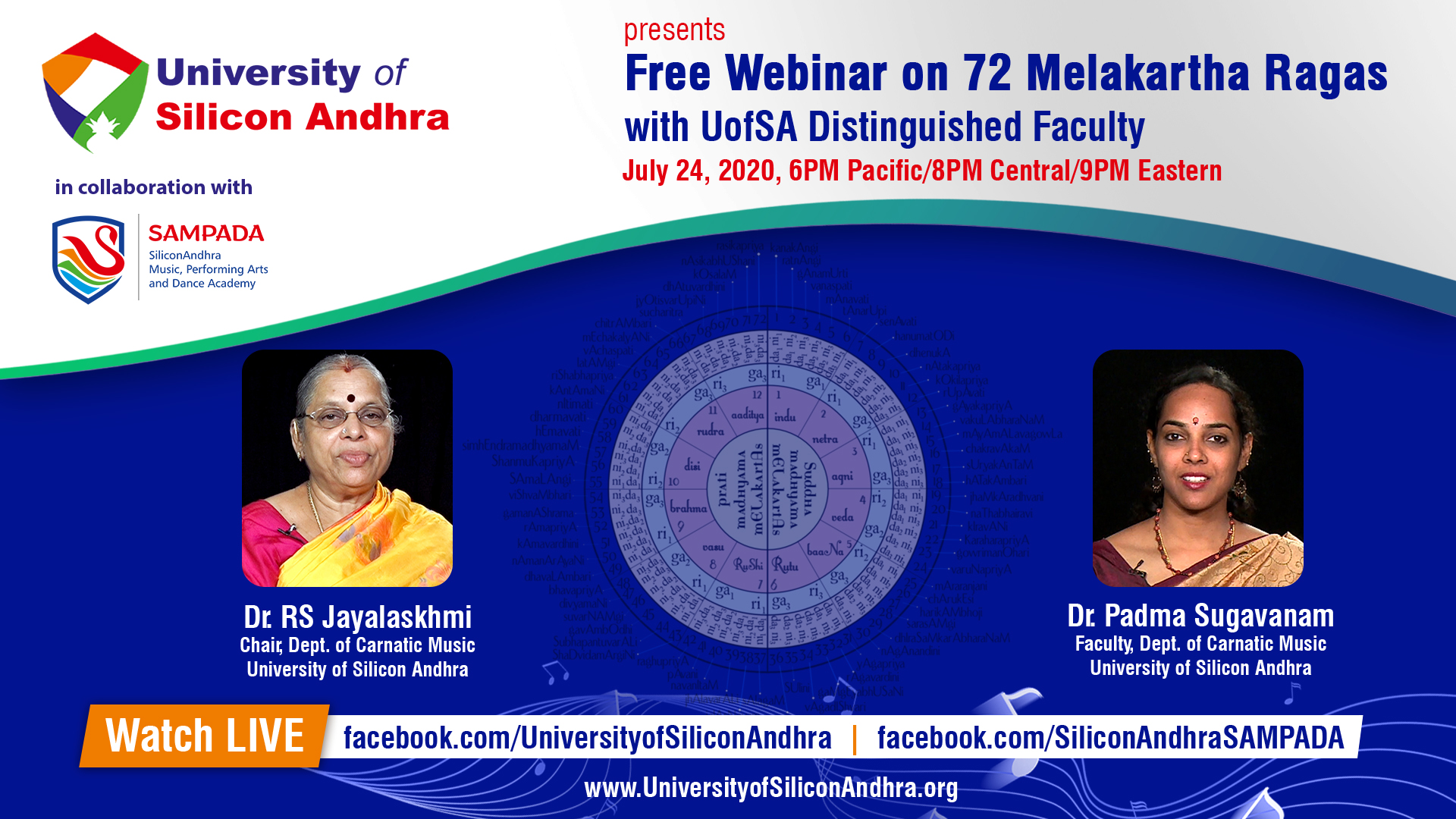Diabetes has become a major public health issue in India, with the country often referred to as the ‘Diabetes Capital of the World’. As of my knowledge cut-off in September 2021, India was home to approximately 77 million diabetics, second only to China. Various factors contribute to this high prevalence, including genetic predisposition, lifestyle changes, urbanization, and an increased prevalence of obesity.
The rapid rise of diabetes in India is concerning due to its severe complications, which include heart disease, stroke, kidney disease, eye damage, and nerve damage. It’s also concerning because of the significant economic burden it places on the country’s healthcare system.
To address this public health crisis, the Indian government, along with various non-governmental organizations, has undertaken several initiatives aimed at prevention and control. These initiatives include promoting a healthy diet, encouraging physical activity, early detection through regular screening, and effective management of the condition through a combination of medication, lifestyle modifications, and patient education.
Despite these efforts, managing diabetes in India remains a substantial challenge due to factors such as lack of awareness, late diagnosis, poor access to healthcare facilities, especially in rural areas, and the cost of long-term disease management. It is essential for the country to continue developing and implementing comprehensive strategies to tackle this health crisis.



